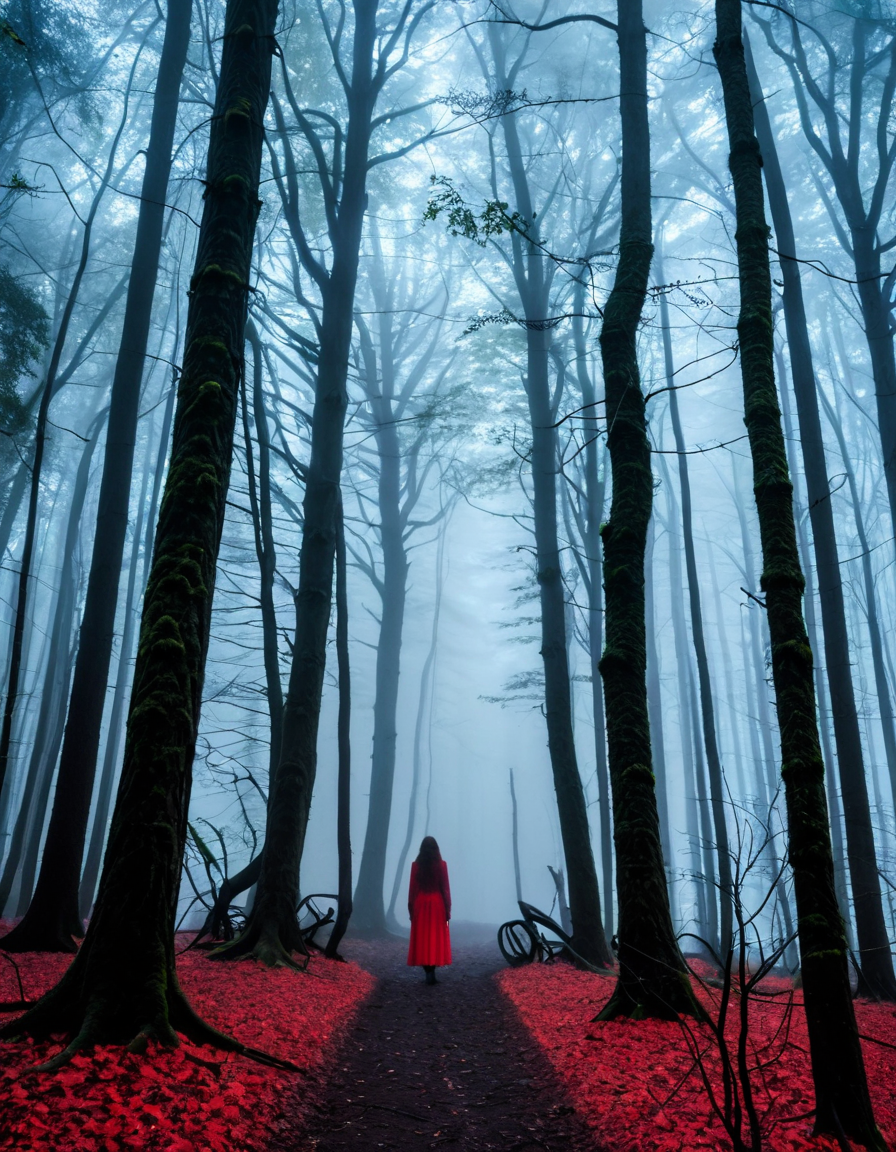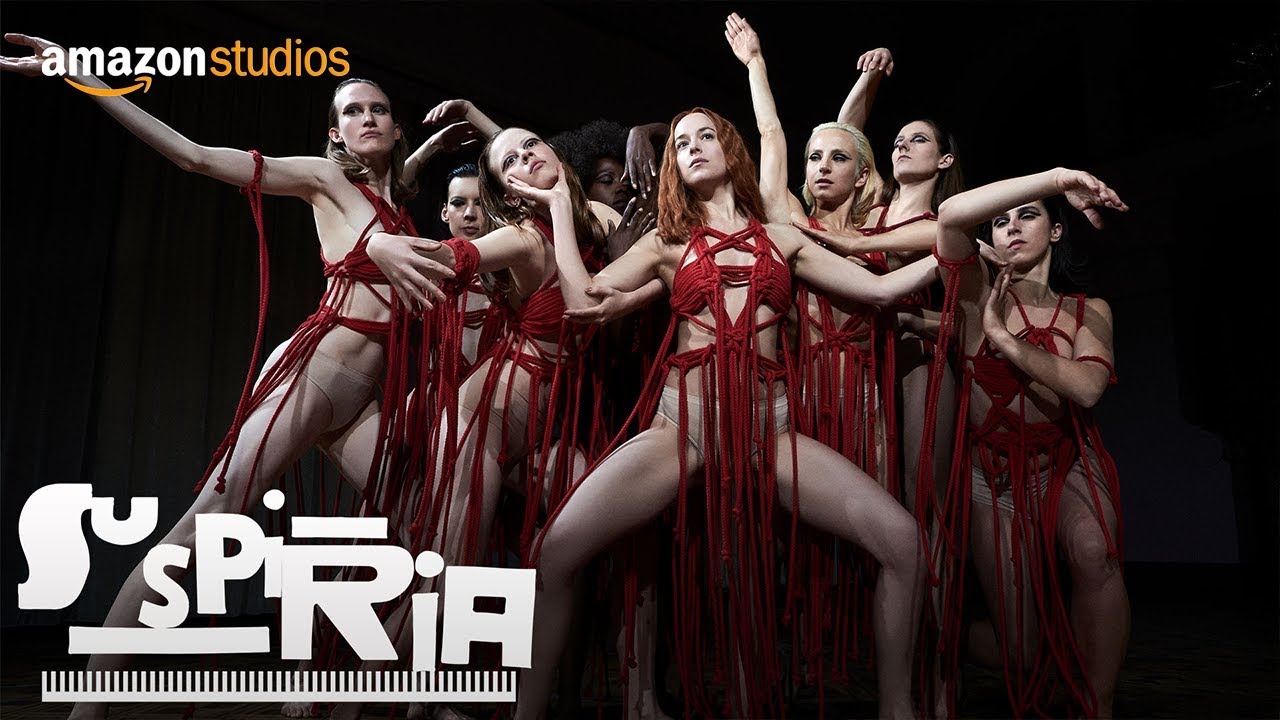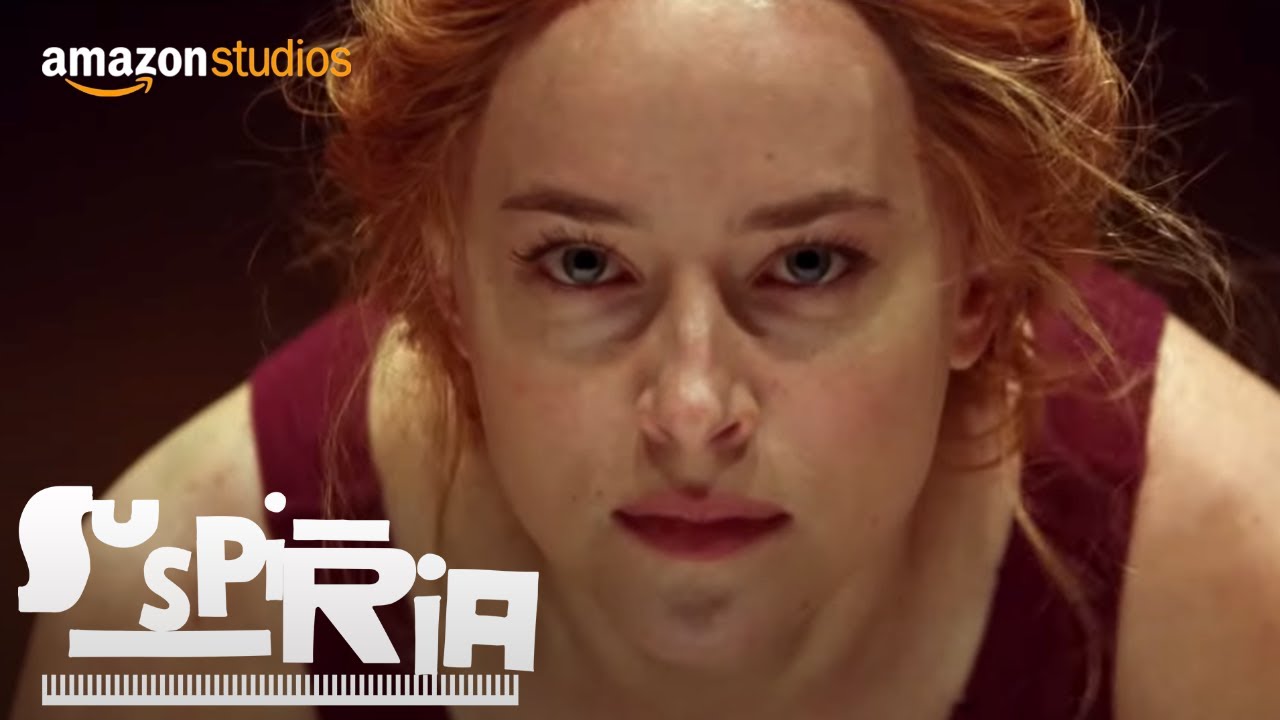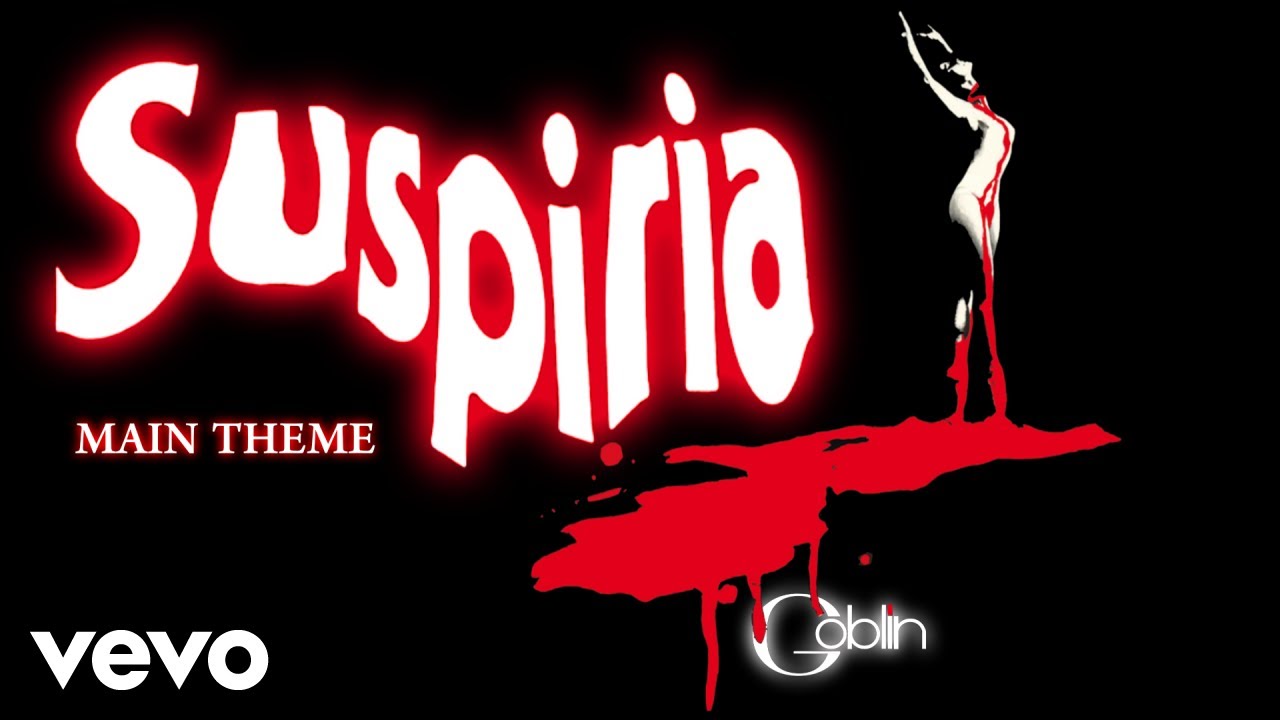Suspiria, directed by Dario Argento in 1977, remains a powerhouse in the horror genre, captivating audiences with its vivid visuals and unnerving soundtrack. This chilling masterpiece intertwines the art of dance with witchcraft, creating an experience that transcends mere entertainment. Whether you’re a casual viewer or a die-hard film aficionado, the blend of beauty and terror in Suspiria is nothing short of remarkable. Today, let’s dive deep into the haunting dance sequences, the secrets of witchcraft, and the enduring impact this film has on modern cinema.
Top 7 Haunting Dance Sequences in Suspiria
The film’s opener grips you from the get-go. Suzy Bannion (Jessica Harper) arrives at the Tanz Academy amid torrential rain. What unfolds is not just a regular warm-up; it’s a mesmerizing, eerie communion steeped in foreboding. The choreography captures a sense of ominous urgency, transforming the ballet academy into a malevolent character of its own.
Enter Miles, the blind pianist (played by Flavio Bucci), whose haunting performances bridge the gap between reality and the supernatural. During a dance sequence underscored by his piano playing, the tension crescendos. Here, the dance becomes a poignant reflection of the characters’ inner struggles, marrying beauty with despair—a haunting tribute to their chaotic lives.
As the plot thickens, Suzy uncovers the dark heartbeat of the academy. A ritualistic dance, where the witches reveal their true nature, becomes a pivotal moment. The choreography transforms into a dark ritual, blurring the lines between art and witchcraft and inviting the audience into an enigmatic spectacle that’s chilling yet captivating.
When Pat Hingle (Eva Axen) encounters her gruesome demise, her frantic moments on stage echo the film’s underlying horror. Her erratic movements become a dire premonition of fate, enveloping the scene in an unsettling aura of betrayal and fear. It’s a visceral experience that emphasizes the fragility of life within the context of malevolence.
The dream sequences are surreal and deeply psychological, merging enchanting visuals with haunting dance. They amplify the themes of subconscious fears, portraying the dancers not merely as performers but as tragic figures ensnared in a sinister plot. These sequences make the audience ponder their place within the narrative, pulling them deeper into the horror.
The climax is breathtaking—Suzy confronts the Mother of Sighs in a frenetic dance that captures the ultimate struggle between personal ambition and dark powers. The choreography reflects entrapment versus freedom. This moment serves as a powerful allegory for anyone grappling with their desires amidst overwhelming challenges.
In the film’s closing moments, Suzy’s dance through a snow-covered landscape ties together the eerie beauty and horror. This ethereal visual culmination symbolizes survival against dark forces, resonating deeply with audience feelings of both terror and beauty. It signifies the finale of an era engulfed in witchcraft and dark enchantment.
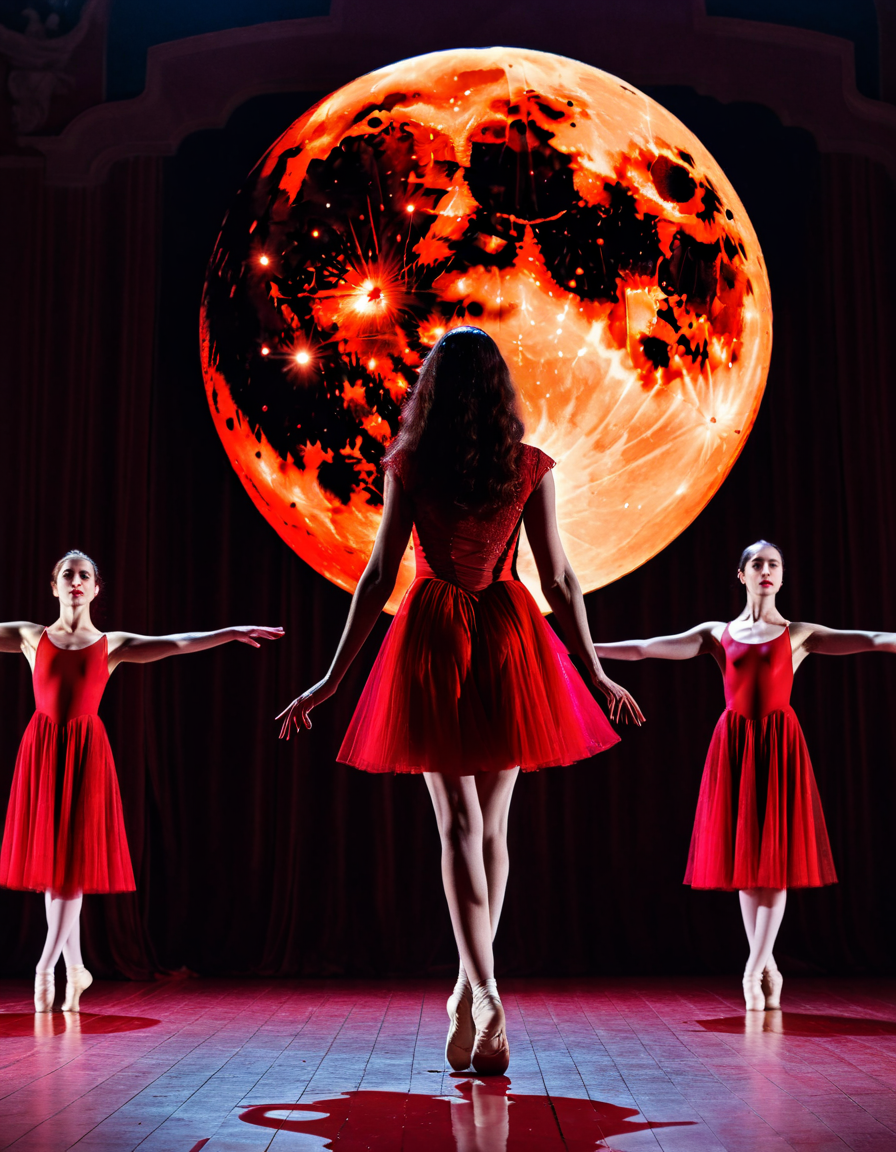
The Witchcraft Secrets Unveiled in Suspiria
Suspiria dives into the portrayal of witchcraft and how it relates to female empowerment in horror. The film interrogates power dynamics and explores the push-pull between fear and fascination. Here’s a closer look at some of its spellbinding secrets:
Contemporary Influences and Cultural Resurgence
Suspiria’s haunting legacy continues to influence today’s cinema, inspiring filmmakers to explore the themes of witchcraft with a fresh perspective. Modern horror films like The Witch (2015) and Hereditary (2018) take cues from Argento’s masterpiece, showcasing multiple layers where witchcraft is central to storytelling.
The resurgence of ballet culture on platforms like TikTok sends ripples of interest toward the fusion of dance and horror. Even pop culture icons, such as Enhypen, integrate elements of transformative storytelling through dance, reflecting paths of identity reminiscent of Suspiria’s chilling journey.
Cinematic discussions echo the deep-seated connections between viewers and creators, revolving around experiences filled with beauty and terror. Suspiria invites viewers into pockets of serendipity, blending artistic madness with existential dread. It’s this connection that draws fans deeper into the mystery of the film, with each viewing revealing more details.
As we reflect on the intricate dance and witchcraft secrets hidden within Suspiria, we discover a film that transcends typical genre constraints. It provides a rich tapestry of emotion, horror, and art. Dario Argento’s masterpiece resonates with audiences, striking an indelible mark on their hearts and minds, calling for multiple viewings, deeper analysis, and appreciation—much like a prized vintage bottle of wine that grows better with age.
Whether you’re revisiting this cult classic or discovering it for the first time, Suspiria remains a focal point in the discourse on horror and artistry, prompting reflections on societal fears and female experiences that remain relevant today.
For those interested in the intersection of film and other genres, don’t miss our coverage on the latest Uglies Movie, refreshing takes on iconic films like Pocahontas, and everything happening in TV. Let’s keep this conversation going!
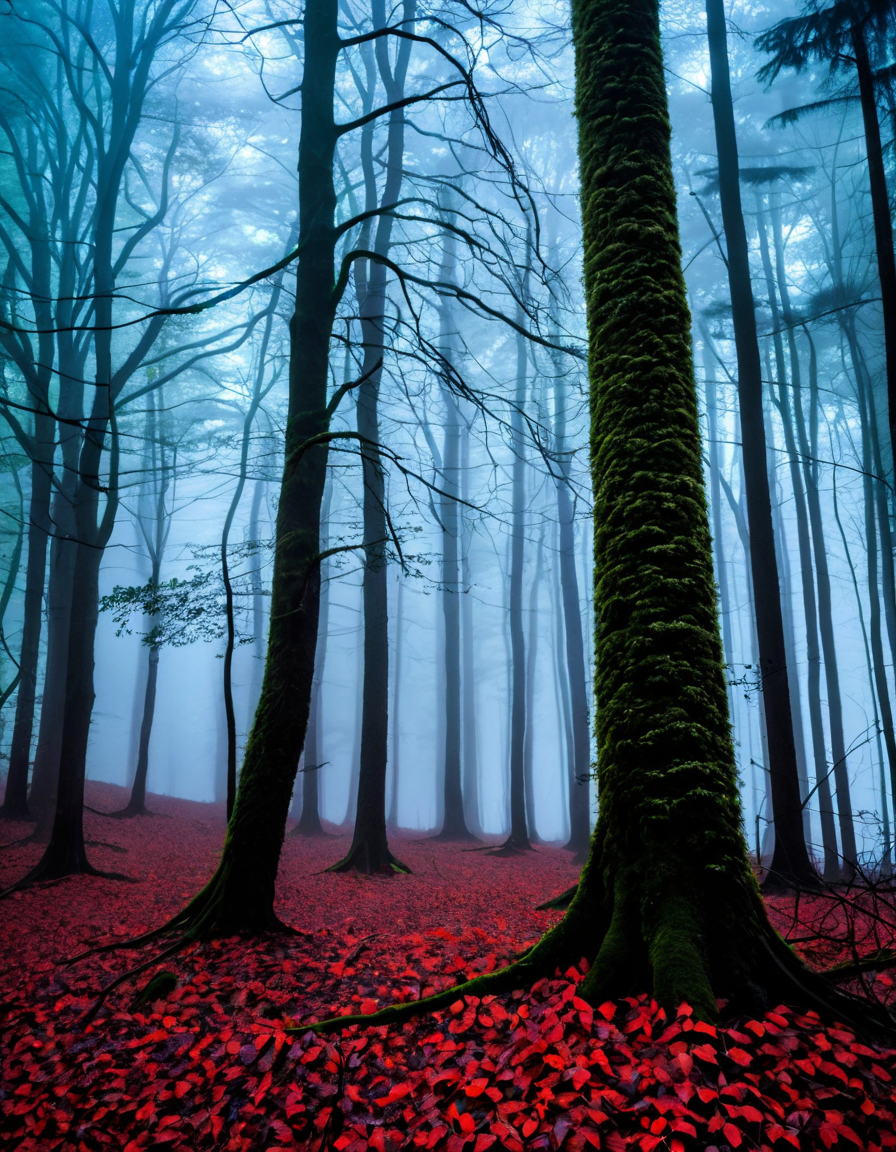
Suspiria: Haunting Dance and Witchcraft Secrets
Behind the Scenes Oddities
“Suspiria” isn’t just about supernatural thrills; it’s steeped in a fascinating blend of movie magic and meticulous choreography. Did you know the original film was released in 1977, directed by Dario Argento? Audiences were mesmerized by its stunning cinematography coupled with an equally haunting soundtrack composed by Goblin. This psychedelic visual and auditory experience gave rise to a new sub-genre of horror, and its influence still ripples through films today. Interestingly, some elements were inspired by fairy tale lore, making you wonder if Kermit The Frog would have had a few words to share about the enchanting world Argento crafted.
Dance, Dance, Revolution
The dance sequences in “Suspiria” are more than beautifully crafted performances; they’re integral to the story’s chilling essence and reveal the true nature of the witches. Each movement carries a weight that draws viewers into a sinister ritual, a dance that feels as if it could’ve been performed by roller Blades Women captivating a crowd. The film’s lead, Jessica Harper, trained rigorously to embody her character. This dedication adds layers to the film that go beyond mere horror—they explore Essentialism, a philosophical perspective prominently woven through the narrative’s themes.
Eerie Symbolism
The colors and settings in “Suspiria” serve as a visual language, brimming with symbolism that right from the start evokes a sense of uneasiness. Fans still dissect these choices, often comparing their psychological effects to the functionality of contemporary winter Jackets—both designed to shield us from what lurks outside. Plus, for car enthusiasts, the film’s release coincided with the rise of visually stunning vehicles like the 2021 Hyundai elantra, reflecting a time of bold aesthetic choices in popular culture. As we journey deeper into its story, one can’t help but be drawn to the hidden meanings behind the sharp edges of the characters’ dilemmas, much like every detail leads us to uncover what’s lurking in the shadows.
With all this in mind, “Suspiria” remains an unforgettable cinematic experience as it brilliantly merges dance, witchcraft, and storytelling. Whether you’re a seasoned cinephile or just diving into the genre, the film’s rich tapestry holds secrets that deserve exploration.
